It will be a central component of the U.S. military's nuclear deterrent triad for years to come.
B-21 Raider Now In Production Just Two Months After First Flight
The Pentagon announced that it issued a production contract for the most advanced combat aircraft ever designed.
In the wake of successful test flights of the most advanced combat aircraft ever to be built, the Pentagon says Northrop Grumman has been awarded a low-rate initial production contract for the B-21 Raider stealth bomber
However, few details are being released about that award, which was first reported on by Bloomberg.
“Production of the B-21 ‘Raider’ stealth bomber is moving forward,” Dr. William LaPlante, Undersecretary of Defense for Acquisition and Sustainment, said in a statement. “This past fall, based on the results of ground and flight tests and the team’s mature plans for manufacturing, I gave the go-ahead to begin producing B-21s at a low rate.”
LaPlante did not state the value of the contract awarded to Northrop Grumman, how many Raiders it covers, whether any are under construction so far as part of that contract or the exact date of its award. The Pentagon declined to provide that information when we asked.
As we were the first to report on Jan. 17, the bomber, nicknamed Cerberus, is now conducting test flights from Edwards Air Force Base in California. The Raider that flew is one of six pre-production examples. While the first is flying, five more are under construction. One of them is understood to be a ground testing airframe, but some of the five 'flyers' should end up as operational aircraft, according to the plans laid out by the USAF and Northrop Grumman.
The first Raider made its maiden voyage from Northrop Grumman’s facilities at the Air Force’s Plant 42 in Palmdale, California, to Edwards on Nov. 10, 2023 and was unveiled to the public with great fanfare in a ceremony at Plant 42 on Dec. 3, 2022. You can read our analysis on the B-21, which is far more than a traditional bomber, and its unique missions set here and here.
“One of the key attributes of this program has been designing for production from the start – and at scale – to provide a credible deterrent to adversaries,” LaPlante said. “If you don’t produce and field to warfighters at scale, the capability doesn’t really matter.” T
What he is referring to is the first B-21s being at a point of maturity that their configurations largely represent production aircraft, not prototypes in a traditional sense. This was a goal of the program in order to accelerate the aircraft's development and testing and to reduce costs.
In a statement, Northup Grumman said it received the contract award “after B-21 entered flight testing within the program baseline schedule.”
“Our production representative test aircraft indicated readiness for production, achieving all flight performance and data requirements. As the world’s first six-generation aircraft, B-21 forms the backbone of the future for U.S. air power, delivering a new era of capability and flexibility through advanced integration of data, sensors and weapons, and is rapidly upgradable to outpace evolving threats.”
Like the Pentagon, Northrop Grumman declined to say when the contract was awarded, for how much, how many aircraft or how many are in construction under the low-rate initial production contract.
In a statement accompanying LaPlante’s latest comments about Raider, a U.S. defense official said it “will replace the B-1B Lancer and B-2 Spirit to provide strategic deterrence for emerging global threats. It’s expected to enter service in the mid-2020s with a production goal of a minimum of 100 aircraft.”
The Air Force Rapid Capabilities Office (AFRCO) is managing the acquisition program, the official said, adding that “puts the bomber on a faster track than previous fielding of new aircraft.”
“The AFRCO’s strategy includes building test aircraft as production-representative as possible,” said the official. “Rather than a traditional flight prototype approach, B-21 test aircraft are built including mission systems using the same manufacturing processes and tooling for production aircraft. This approach in development laid the groundwork for production to start more quickly.”
In partnership with Northrop Grumman, “the Air Force also invested in a digital ecosystem for the B-21 throughout the aircraft’s lifecycle,” the official said. “The engineering and manufacturing data used on the production line will be delivered with the aircraft and combined with modern collaboration and maintenance tools to make the B-21 affordable to buy, fly, and sustain, at scale.”
As we have reported previously: “though the date of its first flight was pushed back multiple times, work on the B-21 program has been moving at a brisk pace, in general, in the past year or so. The systems inside the initial example of the Raider were powered on for the first time in July 2023, followed by engine test runs in September and taxi testing in October. This all then culminated in the first flight in November.”
The B-21 was designed specifically to reduce risk by pairing mature and semi-mature systems with an advanced airframe that leverages lessons learned from other programs. The B-21's size, which is smaller than the B-2 with a significantly reduced payload, but extreme range, is also part of this very tight control of risk versus capability. The aircraft is part of a family of systems, much of which remain in the shadows. The Long-Range Stand-Off (LRSO) stealthy nuclear-tipped cruise missile is part of this family. The so-called RQ-180 strategic reconnaissance drone is also thought to be an integral part of it. But these are just two facets of a large ecosystem that will include a bevy of other advances, including in communications and networking.
Ellsworth Air Force Base in South Dakota, currently home to B-1Bs, is expected to host the first operational squadron of Raiders. Whiteman Air Force Base in Missouri, where the Air Force's operational B-2s are presently based, and Dyess Air Force Base in Texas, another B-1B base, are also set to receive Raider squadrons in the future.
That the B-21 has entered low-rate initial production is good news for a weapon expected to be a key part of future efforts to defend against an increasingly aggressive China.
It will be a central component of the U.S. military's nuclear deterrent triad for years to come. Raider was also designed to provide key conventional long-range strike capabilities, with the ability to enter deep into adversary territory undetected to deliver effects.
We may learn a few more details about Raider on Thursday morning. That’s when Northrop Grumman will hold the company’s fourth quarter and 2023 conference call.
Though the Pentagon, Air Force and Northrop Grumman are holding the vast majority of details about this program close to the vest, we may begin to learn more about it in an official capacity as the program moves deeper into flight testing.
Contact the author: howard@thewarzone.com



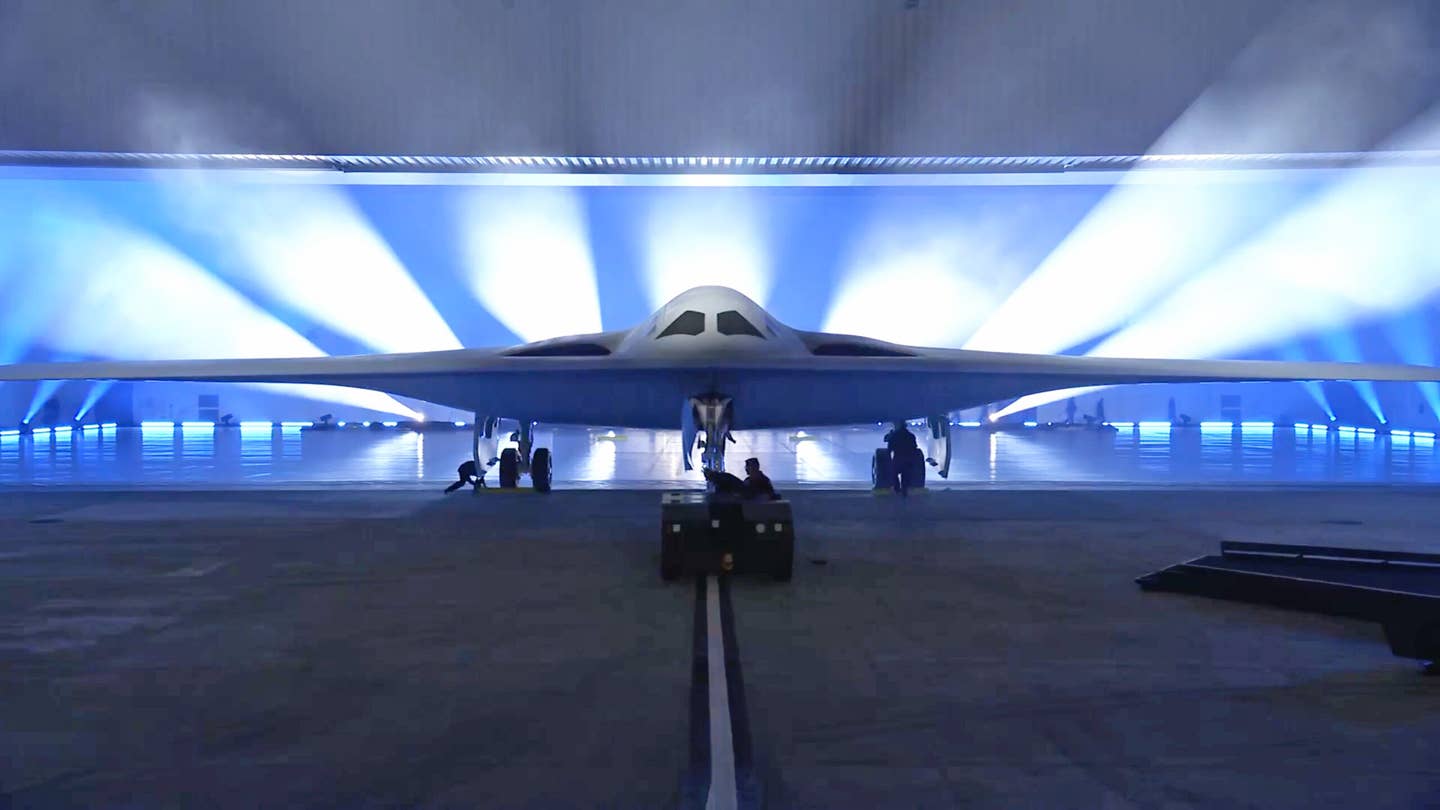


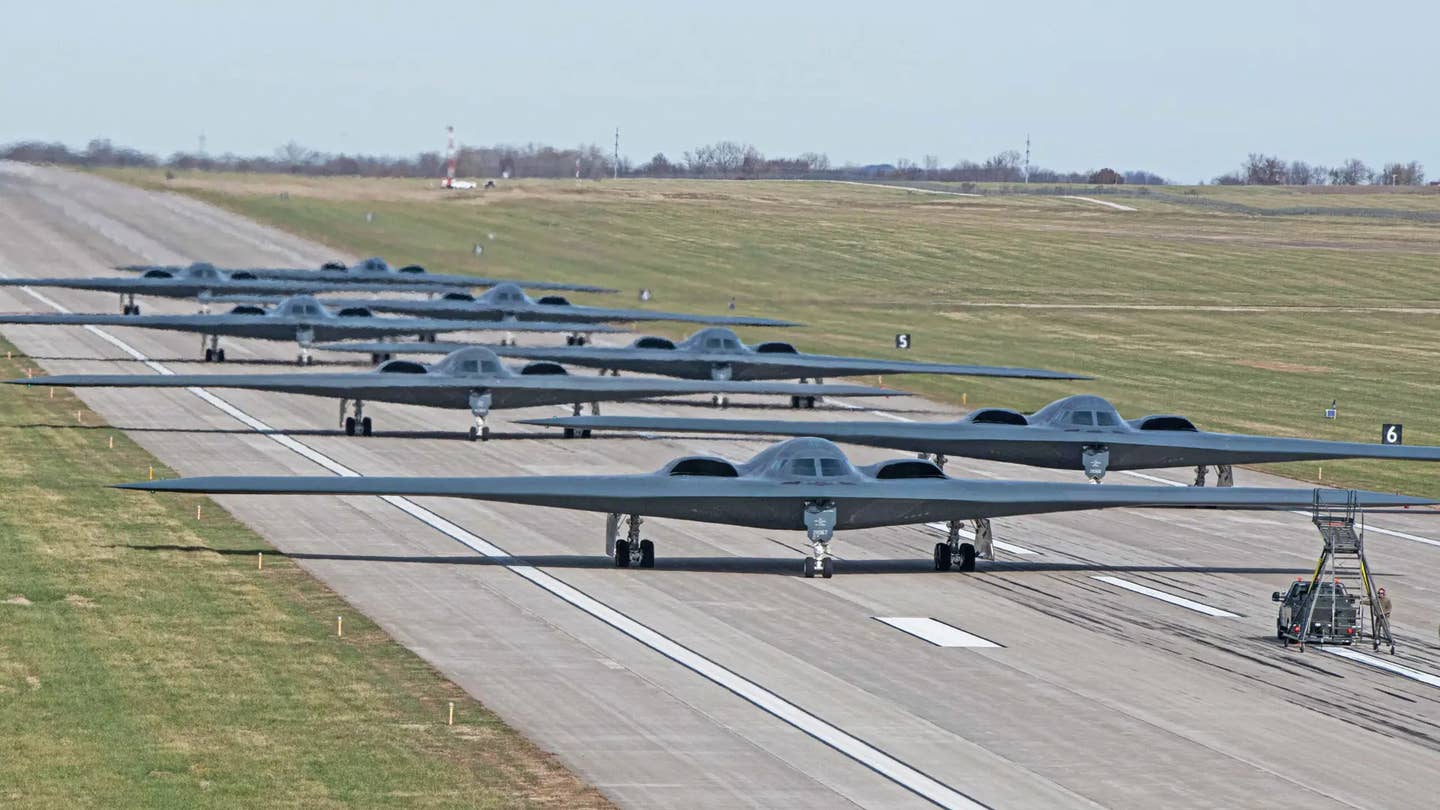
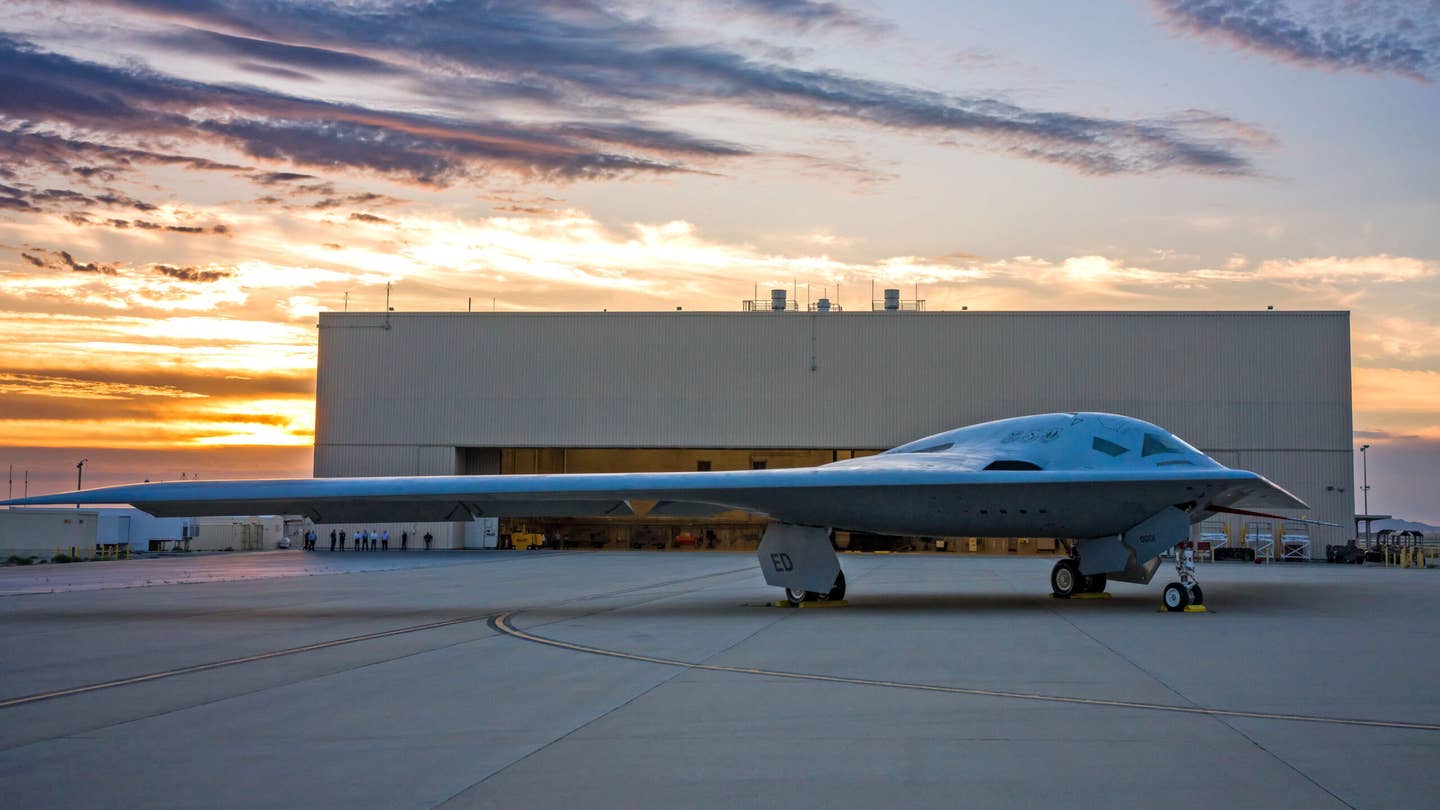
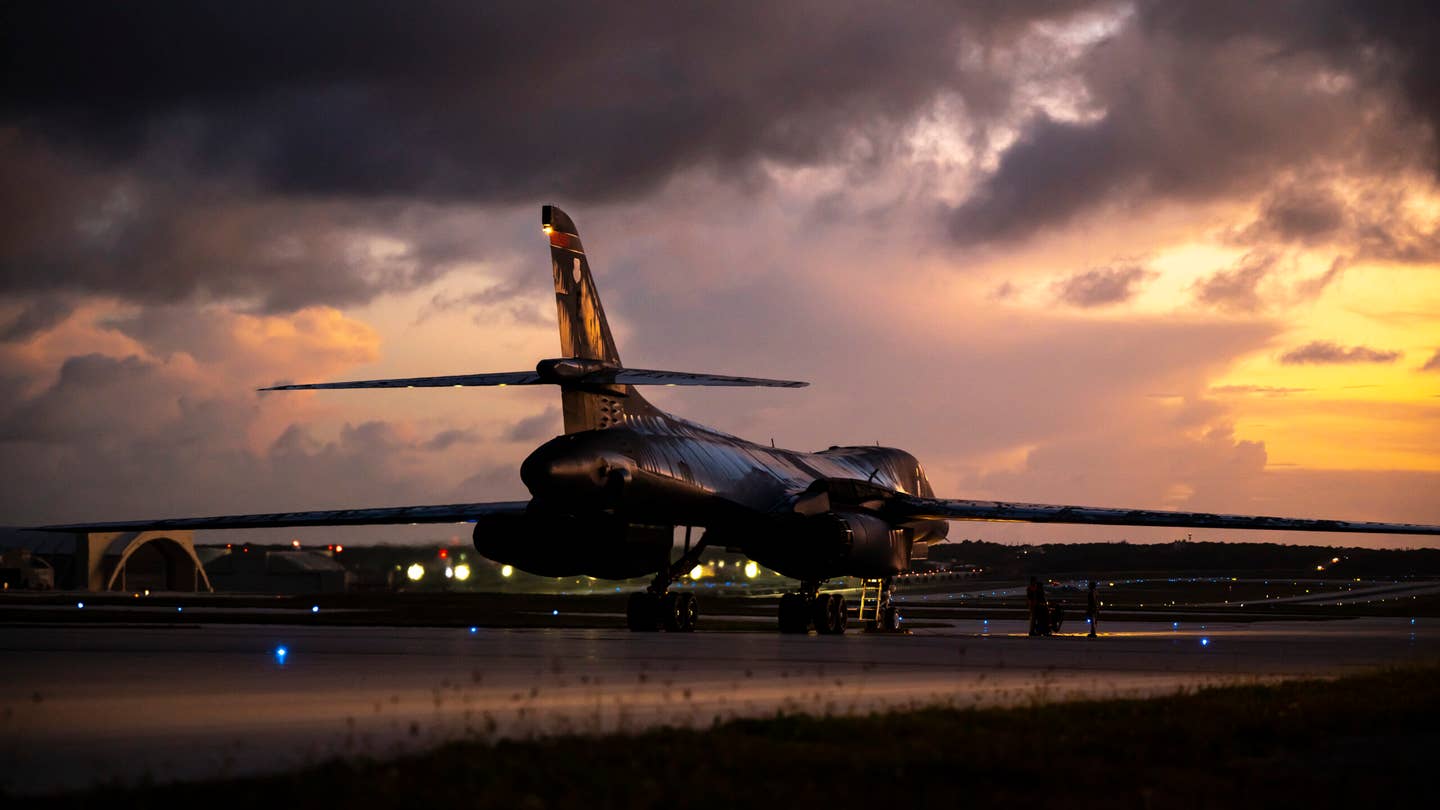


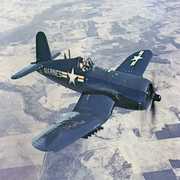



No comments:
Post a Comment